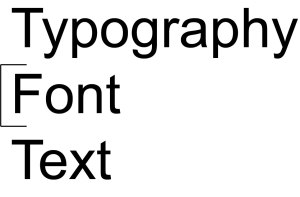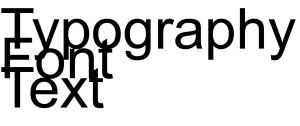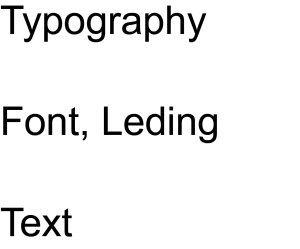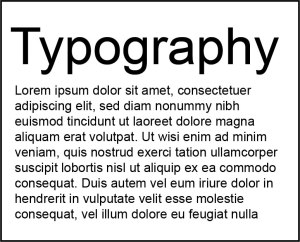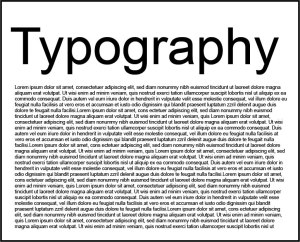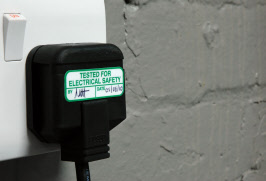When it comes to your labels, window stickers or your floor stickers you want to make sure that they get your specific message across. When choosing typography you want to make sure that they are legible, noticeable and complement the design perfectly; here are a few handy tips from us at Customark:
Fewer fonts make more impact
Using more than 2 fonts can make any design look too cluttered and hard to read; we find that sticking with a bold design for the main attraction and then a simple type of typography for anything else makes the design look cleaner.
Font types
The most common forms of fonts are Serif and San Serif. Serif fonts include little embellishments (serifs) at the end of each stroke (Bookman Old Style, Georgia, Times New Roman). San Serif (meaning “without serif”) fonts are the ones without (Calibri, Arial, Gill Sans). Serif fonts like Times New Roman are seen as more traditional, whereas San Serif fonts like Arial are seen as more modern.


You can also use Handwritten and Script fonts for effect. Using them sparingly is always the way to go and avoid using them with large bodies of text as it can become very illegible and quite cramped very easy.


Size
Getting the size right with text is very important; too small and it can become hard to read but too big can also overpower and outbalance your design.
Tracking, Kerning and Leading
Tracking is the spacing between each letter of one work, too small and it can blur into one; too much and it can become too spaced out and hard to read. Kerning is sometimes confused with Tracking as they are both to do with spacing, but instead of one word it is between two letters. Set too closely together, letters are unclear; set too far apart and they are awkward to read. Leading is the spacing vertically in lines, so between the lines in a paragraph. Like Tracking and Kerning getting the balance right is crucial for the legibility of the text.
Tracking:



Kerning:







